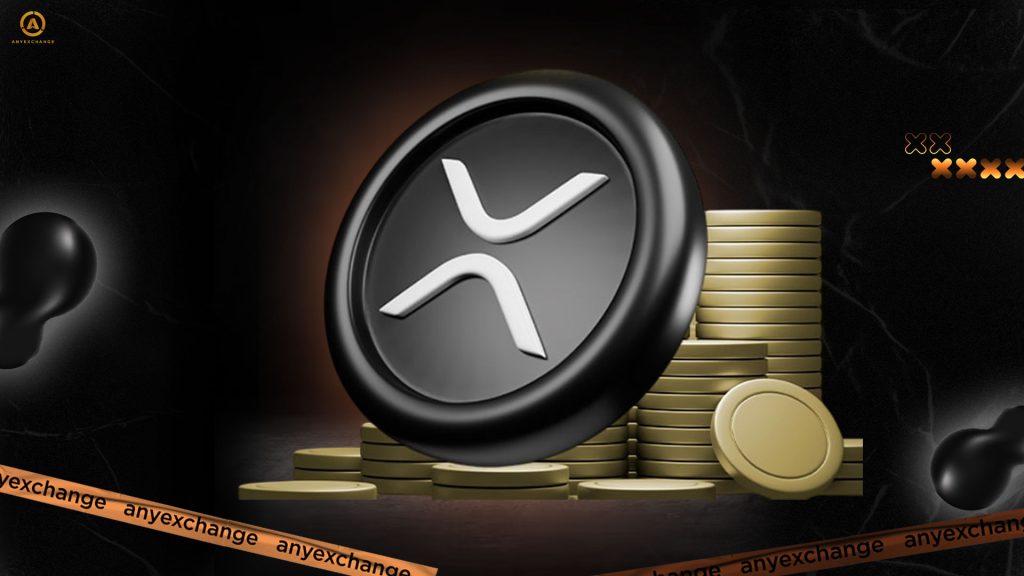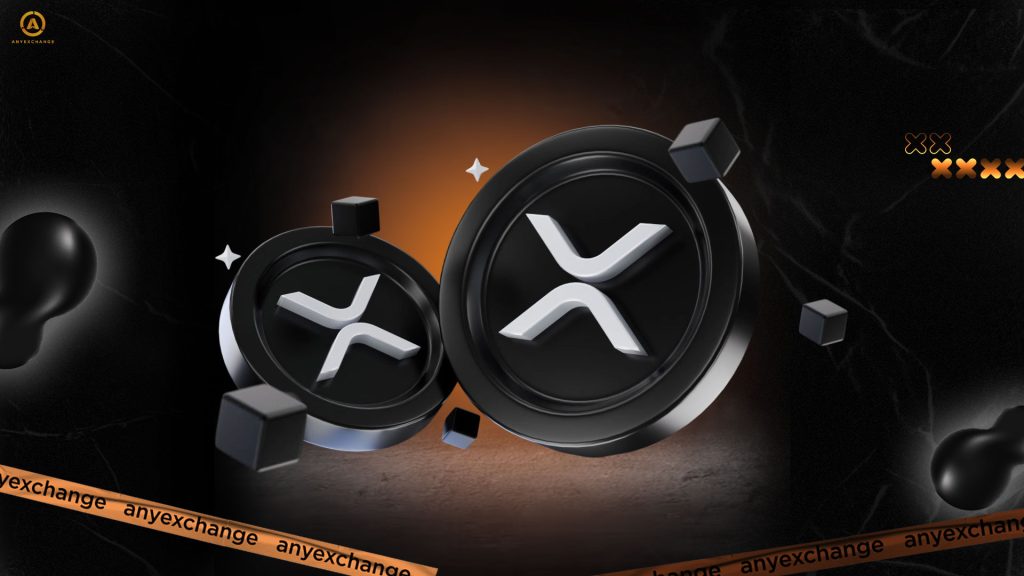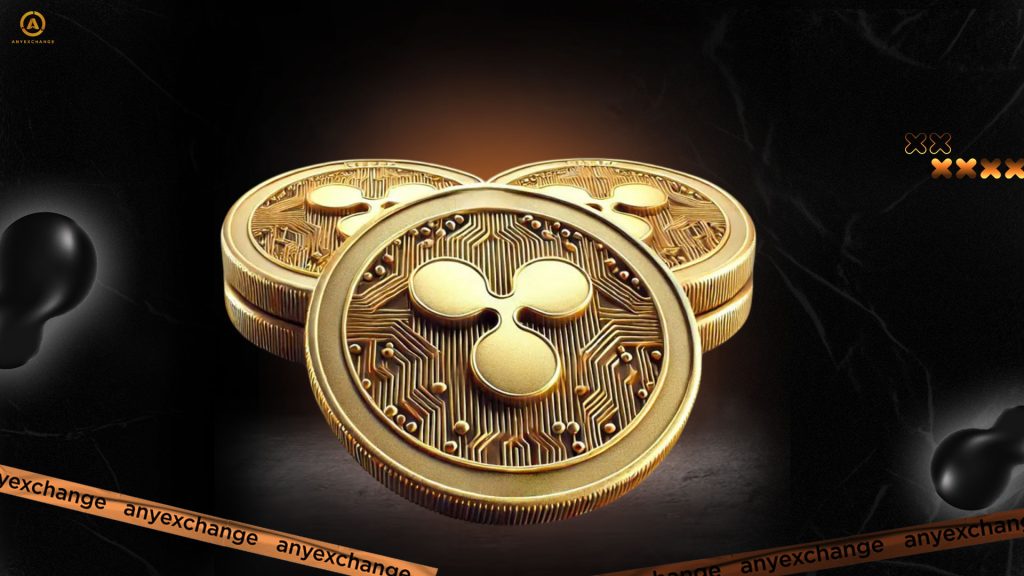
Today, XRP is more than just “one of the altcoins”; it is an extraordinary coin with a complicated history and significant prospects. It is an asset that has overcome legal challenges, withstood the test of institutional capital, and is now positioned as a practical tool for real-world payments with undeniable growth potential.
XRP is the native token of the Ripple ecosystem. It was created to speed up intercurrency transfers and reduce costs for cross-border financial transactions. While Bitcoin is still perceived as a “store of value,” XRP is the “fuel” for payment logistics. Thanks to the unique On-Demand Liquidity (ODL) mechanism, XRP creates conditions for instant conversion, eliminating the need for payment providers and banks to maintain large fiat reserves. Why did 2025 become a turning point for Ripple? Essentially, the long-awaited legal clarity regarding the token emerged this year, creating conditions for a noticeable influx of institutional funds and the active expansion of corporate integrations. Having escaped legal uncertainty, XRP shed its image as a “project with potential” and became an asset with a specific commercial application. Interest in Ripple products had existed for a long time before a qualitative breakthrough finally occurred. Banks, payment systems, and fintech startups began testing and implementing solutions based on XRP. The combination of legal clarity, institutional purchases, and working integrations made 2025 a turning point for the coin. Today, XRP is an asset that has survived the worst and is playing by new rules.
Institutional interest in XRP

The situation with institutional investments in XRP changed radically in 2025 when large funds and banks entered the market. These institutions are buying millions of tokens, opening positions on derivatives platforms, and creating infrastructure for long-term use.
Summer 2025 reports feature major transactions involving everyone from crypto-focused hedge funds to conservative institutional players who avoided XRP a year ago. Large asset management funds are including XRP in their portfolios alongside Bitcoin and Ethereum.
Meanwhile, Asian banks have begun testing XRP as a bridge asset for settling transactions between regional currencies. In South Korea, where the cryptocurrency market is booming, institutional solutions using XRP are being launched on the Upbit and Korbit platforms. In Europe, Santander continues to expand its RippleNet pilot programs, and MoneyGram is once again considering using XRP for international transfers. These cases demonstrate that institutional investors are using XRP as a working tool in real cross-border transactions, not just speculating.
Meanwhile, CME has already reached a record volume of futures on this asset — open interest has surpassed $1 billion, marking the fastest growth among all new contracts. For the market, this means improved liquidity and serves as a signal of whales’ trust. Consequently, the amount of cryptocurrency on exchanges is decreasing, and XRP’s market capitalization is growing due to a fresh influx of capital and increased trading volumes. According to CoinMarketCap, XRP is currently ranked third among all cryptocurrencies, with a market capitalization of approximately $180 billion.
Ripple’s strategy in 2025

2025 shows that Ripple has transitioned to developing a comprehensive financial ecosystem. In this ecosystem, RippleNet is evolving into a digital equivalent of SWIFT, and XRP is becoming a pivotal component of the future payment infrastructure.
Ripple’s 2025 strategy focuses on three key areas: decentralization, building a global payment network, and integrating with future digital currencies. These form the basis for positioning XRP as a systemic asset in the global financial infrastructure in the long term.
- Decentralization is the main vector. Ripple launched an initiative to increase the number of validators and implemented a community participation model through the XRP Autonomous Organization (XAO) DAO structure. The XAO DAO was created to develop innovations in the XRP community and was officially registered in the United States in June of this year. This progress has been anticipated by many: XRP no longer resembles a corporate token, and network management is becoming more transparent and democratic. For developers, this means new grants, and for investors, it means greater ecosystem stability.
- By 2025, RippleNet will unite more than 300 banks, fintech startups, and payment services. A key upgrade was the XRPL EVM sidechain, which enables Ethereum-based smart contracts in the XRP Ledger ecosystem. This has given Ripple the opportunity to attract DeFi application developers and expand the scope of XRP use beyond payment services. For instance, banks in Asia are testing a Ledger-based platform for tokenizing assets, and XRP is being used as a base layer for fast interbank transfers in Latin America.
- Ripple is actively cooperating with central banks, and bridges with state digital currencies (CBDCs) are already being tested. These are not isolated pilots, but large-scale integrations. In this strategy, XRP secures the status of a “bridge token” for different types of digital assets, ranging from stablecoins to state digital currencies.
XRP and the path to $10
Some optimists predict that XRP will reach $10 as early as 2025. Are such forecasts realistic? It is worth considering a combination of technical analysis, fundamental factors, and the news background.
- Currently, XRP is hovering around $3, a psychological and technical threshold. According to traders, breaking through this threshold will pave the way to $3.70, and then to $5.00.
- The charts indicate an upward breakout. The MACD and RSI indicators are signaling positive movement, suggesting a compressed spring that could soon release significant upward pressure. In the context of XRP’s technical analysis, overcoming the $5 mark will be a catalyst for accelerated growth toward the targets of $7-$10.
- In terms of fundamental growth factors, the trial with the SEC is over, regulatory uncertainty has been eliminated, and institutional investors are investing capital. Add to this the rapid development of RippleNet and Ripple’s partnerships with banks, as well as their experiments with CBDC, and we have a solid foundation for further price growth. This is precisely why XRP will grow in 2025.
- Traditionally, Ripple news and media updates play a dual role: positive headlines about new integrations instantly raise the price, while rumors about possible problems with the ETF can cause short-term drawdowns. Overall, however, the media outlook is favorable. Analysts are writing about a baseline scenario of $5–$7 for the XRP price in 2025, with $10 and above as a target under “ideal conditions” (ETF approval, Bitcoin growth, and a new round of interest from banks).
Therefore, XRP reaching $10 does not seem far-fetched. Rather, it is an ambitious yet achievable goal, provided that the market maintains its momentum and institutional interest continues to strengthen.
The SEC lawsuit and its consequences
How has the SEC lawsuit changed things for XRP? The long-awaited outcome of this legal drama has become one of the main catalysts for the asset’s growth this year. After years of battles, Ripple has proven that XRP is a legitimate digital asset for payments, not a security. This victory opened the door for institutional investors who had previously avoided XRP due to legal uncertainty. Now, banks and hedge funds can safely inсlude XRP in their portfolios and business processes without fearing another lawsuit from the authorities. Thus, legal clarity transformed XRP from a “questionable asset” into a legitimate financial instrument and elevated Ripple’s status as a company that not only withstood regulatory pressure but also strengthened its position on the global stage.
Using XRP in the real sector
Today, XRP has evolved from a mere “digital asset for trading” into a tool for everyday financial infrastructure. Ripple is developing partnerships with banks, payment providers, and fintech companies that use the token for cross-border transactions. The main advantages are speed and low fees: transfers take seconds and cost cents, whereas traditional SWIFT payments can take days and cost tens of dollars. RippleNet and ODL are available in over 90 countries and are used by major banks such as SBI Holdings, Standard Chartered, Santander, American Express, and PNC Bank. These large financial institutions are using XRP through RippleNet to improve the efficiency of their payment solutions and reduce fees. If you’re wondering how to buy XRP in 2025, know that buying a token is currently possible almost everywhere, including on crypto exchanges and through major banking and fintech services.
RippleNet is not limited to the banking sector; it is also being tested in logistics and international trade. Suppliers and retailers, for example, use XRP to instantly close contracts, avoiding currency risks and lengthy checks.
In July 2025, Ripple announced a partnership with the Dubai Land Department and Ctrl Alt to launch real estate tokenization. This partnership is a clear example of how the use of XRP in the real sector goes beyond finance. Digital property rights and fractional ownership of property have emerged as a result.
Thus, XRP is gradually becoming a link between the crypto industry and the traditional business sector, proving that digital currency can be used not only on exchanges but also in the real economy.
Forecasts and scenarios for XRP’s development
Currently, analysts are divided into two groups when it comes to forecasts: optimistic realists and bold optimists. The former argue that the coin will gradually grow in value in the coming years, gaining a foothold at new levels. They believe that the market will only see the full realization of XRP’s prospects in the long term. The latter predict that the asset’s value will jump several times in the near future, provided that institutional dynamics are maintained, Bitcoin grows, and the ETF is approved.
In the basic scenario, XRP remains one of the leaders in payment solutions and cross-border transfers, gradually increasing its market share with the help of banks and fintech companies. In an optimistic scenario, RippleNet becomes standard infrastructure for international settlements and CBDCs, turning the token into a global liquidity instrument. In short, XRP will do well either way.
Which scenario is closer to reality? Probably both. In any case, before investing in XRP or deciding whether to buy it right now, remember that the crypto market has never played by the rules of common sense. Therefore, even with experts’ most optimistic forecasts for XRP, it is better to remain flexible, diversify your portfolio, and not consider even the most successful assets your only bet on the future.
Conclusion
XRP has come a long way. It has been both a “promising crypto for payments” and a symbol of the fight against regulators. Today, XRP is more than just a token; it is a tool that is actually used in international settlements. It combines the unique advantages of blockchain technologies with the needs of the traditional financial sector. Investors see XRP as a bridge between old and new systems. Its combination of real applicability and strategic role in global settlements makes XRP attractive to banks, institutions, and private users.
Thank you for your attention. Invest safely and profitably!
AnyExchange is an exchanger that allows you to convert popular cryptocurrencies at the most favorable rates. Our platform also offers fast, secure money transfers around the world.
FAQ
Can XRP really reach $10 in 2025?
Forecasts vary. Optimists believe it will reach $10, while skeptics consider this level too ambitious and suggest a more moderate price increase.
How do institutions influence the XRP rate?
Large funds and banks generate demand through strategic purchases. When institutions enter a project, the price increases and confidence in the asset as a tool for settlements grows.
How has Ripple’s strategy changed since 2025?
The company shifted its focus from litigation to ecosystem development, including decentralization, expansion of RippleNet, launching new products for banks, and strengthening ties with the fintech sector. Ripple now focuses more on demonstrating practical applications than on fighting regulators.
What is the role of XRP in international transfers and banking?
Banks use XRP as a bridge asset for cross-border transfers because it simplifies processes, ensures speed, reduces fees, and removes barriers between different currencies.





